
Director of Photography
Arnaud, a student remaining alone in Paris during the summer, is obsessed with the wall where the names of the Parisian soldiers who died in the 1914 war are engraved. He finds himself confronted by one of these soldiers, who invites him to step out of time and to bring comfort to his loved ones.

Director of Photography
The father falls into a coma. The mother and son silently concentrate all their powers. They meekly accept the diagnosis but resist the verdict. Yet they reject an open conflict because the life thread is so taut that conflict could inadvertently break it.
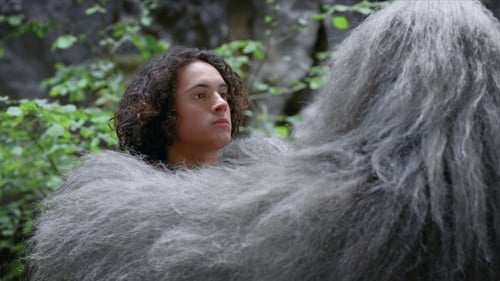
Director of Photography
여신인 마리는 그녀와 인간 남자 사이에서 태어난 두 아들의 교육을 악마에게 맡긴다. 그들이 성인이 되는 해, 아들 중 한명인 미켈라츠는 악마와 함께 남기로 하지만, 다른 아들 아타라비는 도망쳐 버린다. 악마는 도망친 아이의 그림자를 간신히 붙잡는다.

Cinematography
This is the story of a lyrical singer and an Afghan refugee. With songs and introspection, hope and disappointment.
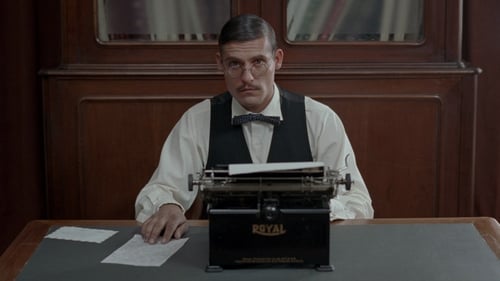
Director of Photography
Lisbon, Portugal, 1927. The writer and journalist Fernando Pessoa accepts from his boss the commission to create an advertising slogan for the drink Coca-Louca; but conservative government authorities consider the new drink as revolutionary as it is diabolical.

Director of Photography
In Reunion Island, green casuarinas are swept by trade winds. We skim the black sandy earth until we reach the center and come upon a stage, a "ron," where poets succeed one another to deliver their "fonnkers" and perpetuate the Creole language. Their bodies vibrate, their feet stomp the basaltic soil to invoke the secret tale. The poem thus becomes the ritual for an identity quest. Tonight is kabar night "Ôté fonnkézer. Rant dann ron, detak la lang, demay lo kèr!" (Oh Poet. Walk on stage, free your tongue, untangle your heart!) The texts of these poems have urged us to resist for the past forty years. Could their panting souls be whispering the possibility of resilience to our ears?

Director of Photography
Six dancers, propelled by Ori Lichtik’s thrumming electronic score, circle each other with a livewire fluidity choreographed by Sharon Eyal.
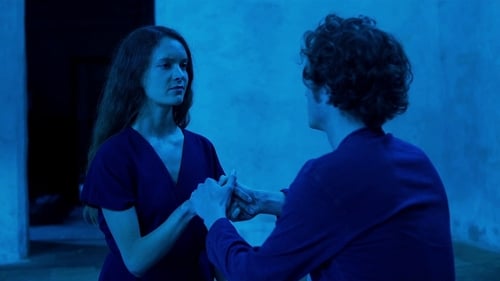
Cinematography
Six strangers confront their uniquely 21st century anxieties with the help of a sorcerer in this playful performance art consciousness-bender-cum-ghost story about the search for meaning in the age of social media.
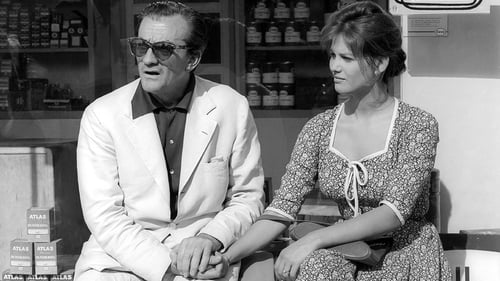
Cinematography
Forty years after his death, this documentary pays tribute to one of the major filmmakers of Italian cinema, to an original work that continues to inspire today's cinema. Coming from one of the greatest families of the Italian aristocracy, he could have been a rich and cultured man, living in opulence and idleness, but Luchino wanted a different destiny. This is the story that director Elisabeth Kapnist and Christian Dumais-Lvowski wanted to tell. Count Visconti di Modrone wears the clothes of a legend that he never stopped shaping throughout his life. This documentary reconstructs the fabric of a brilliant life, dedicated to art; theater, opera, and cinema. This artistic work is also that of a committed man, who was a fellow traveler of the Communist Party, and who resisted fascism.

Cinematography
A young man who lives with his mother and has never known his father, heads off to look for him. He finds a cynical and Machiavellian man who works as a publisher in Paris. After he attempts to kill him, he finds filial love thanks to his uncle.

Cinematography
The story is one of an architect that has lost his inspiration and goes looking for those motivations that pushed him as a youngster to take up the profession. Inspiring him was the baroque movement and all of its artifices: the Guarini in Turin and the Borromini in Rome. The film’s central story ends up being the love story that develops between architecture, artistic inspiration and feelings.
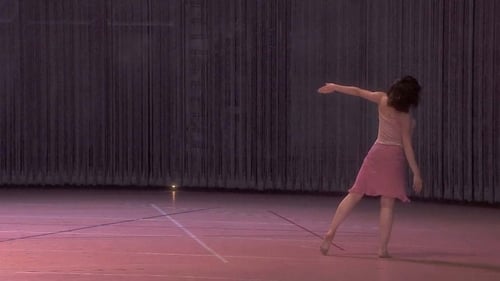
Director of Photography
Recording of a performance by Ballet de l'Opéra national de Paris of the ballet on Music for 18 Musicians by Steve Reich, choreographed by Anne Teresa De Keersmaeker.
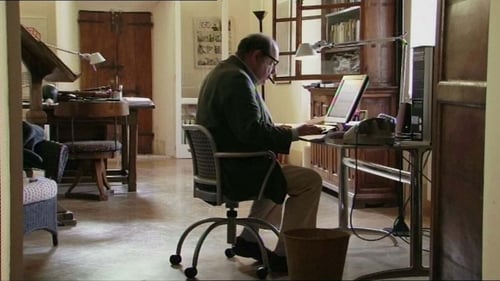
Cinematography
Umberto Eco, the author of best-selling novels who passed away in February 2016, unveils the secrets behind his undertakings and novels.

Director of Photography
The untold story of a world-renowned place of remembrance of the Holocaust in France, the internment camp of Drancy, which was the central transit for the near totality of the 76 000 deported Jews of France during World War II.
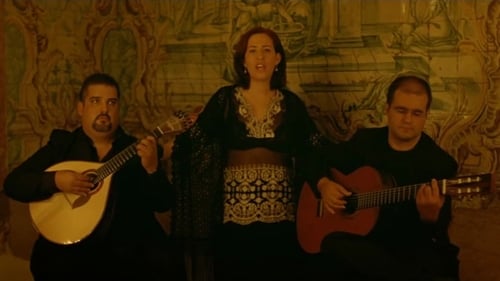
Director of Photography
A young French actress in Lisbon to shoot a movie is intrigued by a nun she sees kneeling in the chapel where she is filming.

Director of Photography
A mother and her two sons have waited for ten years for her husband and their father to return. One day a stranger arrives and approaches them.

Director of Photography
The film is a love story which tells the impossible tale of two youths who have never before met. The action unrolls in Paris between 1979 and 1980.

Director of Photography
A funny, charming faux-fairy tale about ogres, knights and maidens.

Director of Photography
The encounter of a young doctor and a werewolf is the setting of unexpected results in another example of Eugène Green's taste for the fantastic.

Director of Photography
La Première éducation sentimentale (the first version of L'Éducation sentimentale), re-adapting the themes of first love, the intoxication of desire, and failed ideological revolution (that culminated in the Revolution of 1848) to the May 68 generation through a chronicle of the parallel lives of a pair of childhood friends, the pragmatic Henri and idealistic Jules as they leave their bucolic, rural hometown to separately pursue their baccalaureate - and real world - educations.

Director
A good insight insights into the one of the greatest minds in photography. Henri Cartier-Bresson (August 22, 1908 -- August 3, 2004) was a French photographer considered to be the father of photojournalism. He was an early adopter of 35 mm format, and the master of candid photography. He helped develop the street photography or life reportage style that was coined The Decisive Moment that has influenced generations of photographers who followed.

First Assistant Camera
Documentary on one of 20th century greatest photographers, the French Robert Doisneau.

Assistant Camera
It is a brief documentary which records the life of five Augustinian monks in the little monastery of Castelnuovo dell'Abate, a Tuscan village, as well as the everyday life of people in the small town, from farmers to meat-hackers, from wine-makers to wild boar hunters.
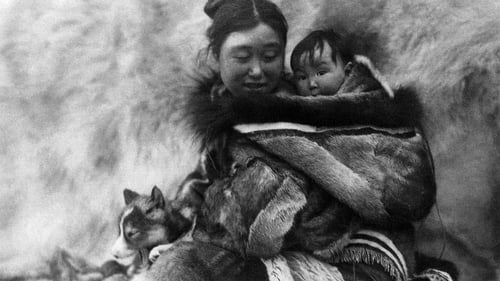
Assistant Camera
Filmmakers revisit Inukjuak, the Inuit village where Robert J. Flaherty filmed Nanook of the North in the early twentieth century, and examine the realities behind the ground-breaking documentary.





















